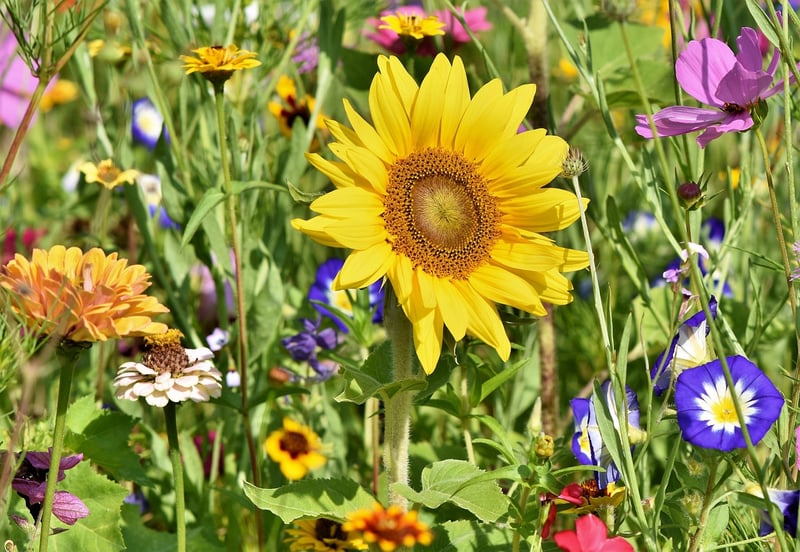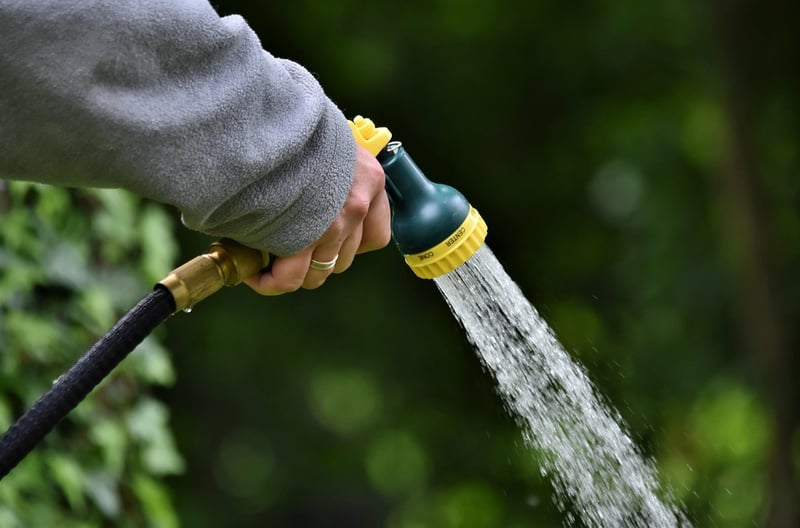Watering Guidelines
Keeping Your Plants Healthy and Thriving: Essential Watering Guidelines
Proper watering is crucial for the health and growth of your plants. Understanding the watering needs of different plants is the key to maintaining a thriving garden or indoor oasis. Here are some essential watering guidelines to help you keep your plants healthy and flourishing.
1. Know Your Plants
Each plant has unique watering requirements based on factors such as species, size, and environment. Research the specific needs of your plants to determine the right amount of water they need.
2. Watering Frequency
Establish a watering schedule based on the moisture needs of your plants. Some plants require daily watering, while others thrive with less frequent watering. Monitor the soil moisture to avoid overwatering or underwatering.
3. Watering Techniques
Ensure that water reaches the roots of the plants effectively. Water at the base of the plant to prevent moisture-related diseases and encourage deep root growth. Avoid watering the foliage, especially in the evening, to reduce the risk of fungal infections.
4. Water Quality
Use room temperature water to prevent shocking the plants. If possible, collect rainwater for watering as it is free of chemicals and beneficial for plant growth. Avoid using water that is too cold or too hot.
5. Drainage
Good drainage is essential to prevent waterlogging and root rot. Ensure that your pots have drainage holes and that excess water can escape freely. Use well-draining soil to promote healthy root development.
6. Monitoring and Adjusting
Regularly check your plants for signs of underwatering or overwatering, such as wilting, yellowing leaves, or moldy soil. Adjust your watering routine accordingly to meet the changing needs of your plants.
7. Seasonal Variations
Be mindful of seasonal changes in temperature and humidity, as they can affect the watering requirements of your plants. Adjust your watering frequency and amount based on the environmental conditions.
8. Invest in Tools
Consider using tools like moisture meters or self-watering systems to help you monitor and regulate the watering of your plants more effectively. These tools can provide valuable insights into the moisture levels of the soil.
Conclusion
By following these watering guidelines and paying attention to the individual needs of your plants, you can create an optimal environment for them to thrive. Remember that proper watering is essential for the overall health and vitality of your plants.

For more detailed information on plant care and watering techniques, consult with your local nursery or gardening expert. Happy gardening!
